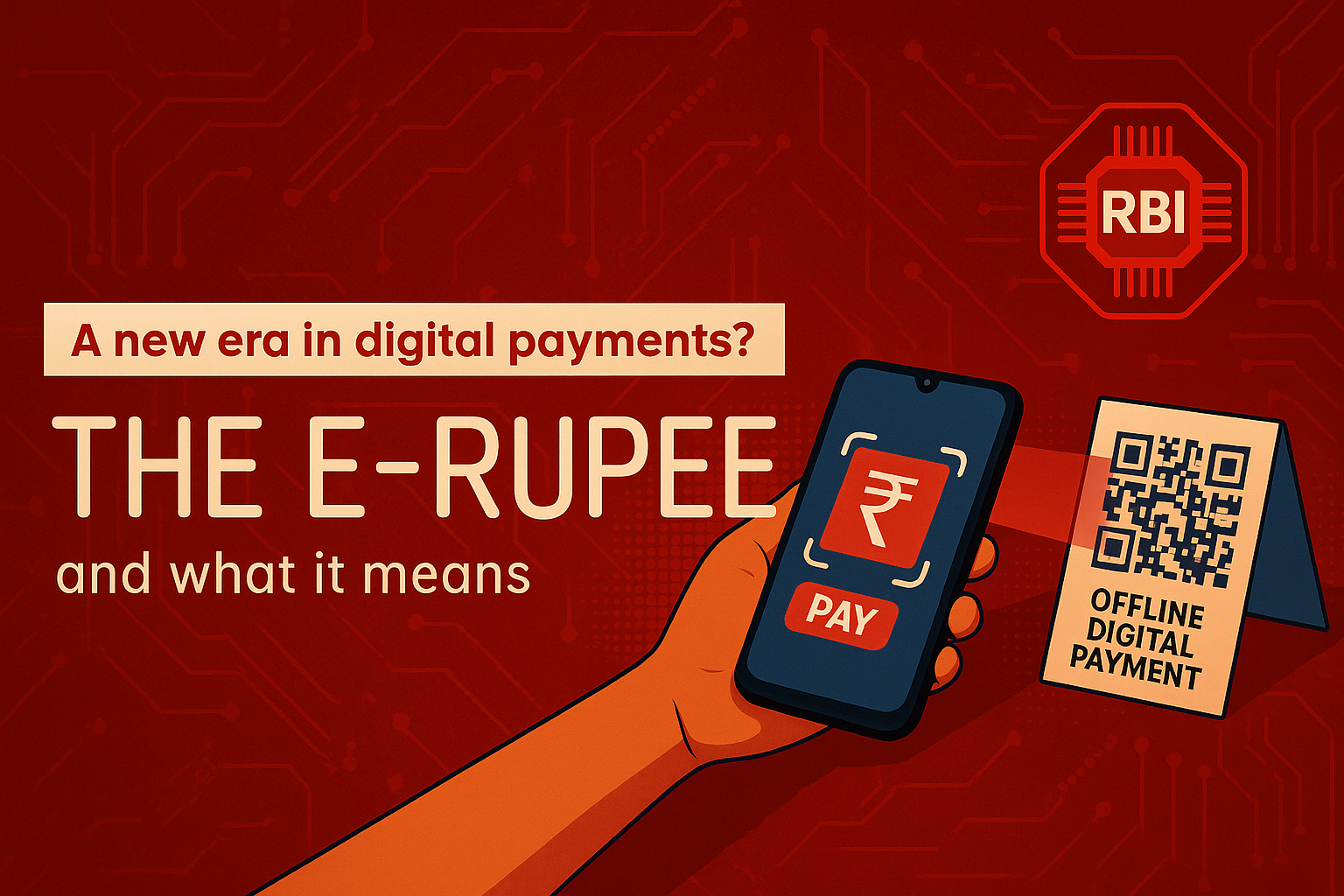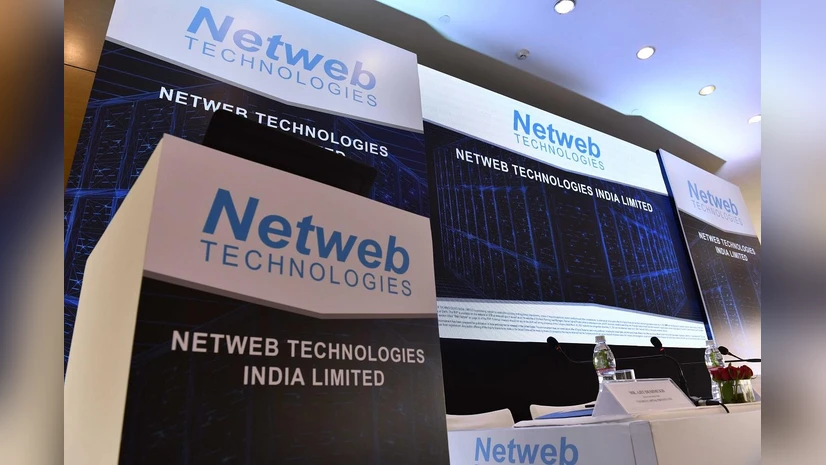Introduction: India’s Next Step in Digital Money
The Reserve Bank of India (RBI) has recently launched the e-Rupee, a new digital currency designed to make payments easier and more secure across India. Unlike the regular money you carry in your wallet, the e-Rupee is completely digital but holds the same value as physical cash.
In this blog, you will learn what the RBI e-Rupee is, how it works, why it is important for India’s digital economy, and the benefits it offers to everyday users and businesses.
What is RBI’s e-Rupee?
The e-Rupee is India’s Central Bank Digital Currency (CBDC). It means the RBI itself issues and guarantees it, so it has the same trust as normal rupees.
You can think of it as digital cash stored in special digital wallets provided by banks. These wallets can be installed as apps on your smartphone from places like the Google Play Store or Apple App Store.
Unlike online payments that need continuous internet, the e-Rupee can also be used without internet access, making it especially useful for remote and rural areas where connectivity is low.
How Does the e-Rupee Work?
Users download a wallet app from participating banks such as State Bank of India, ICICI Bank, HDFC Bank, and Union Bank of India. Once registered, people can send and receive money instantly using the digital wallet.
Transactions using the e-Rupee work like digital cash—they happen directly between two wallets without needing a bank account every time. The e-Rupee can also scan existing UPI QR codes, letting users pay easily at shops and merchants.
A unique feature is the ability to pay offline too—either through minimal network signals or by tapping phones using NFC technology (similar to contactless card payments). This means you can pay digitally even when there is no internet.
Programmable Features of e-Rupee
The e-Rupee is more than just digital cash. It allows smart programming of money. For example, funds can be restricted to be used only for certain purposes, expire after a certain date, or work only at specific locations or merchants.
This technology helps in targeted government subsidies and benefit schemes. For instance, Gujarat’s G-SAFAL scheme uses e-Rupee to provide help only for farming supplies. Andhra Pradesh’s DEEPAM 2.0 scheme uses it for delivering LPG subsidies.
Such programmability can also help companies release loans, grants, or payments with specific conditions.
Why is RBI Launching e-Rupee?
The RBI launched e-Rupee to strengthen India’s Digital Public Infrastructure. It complements existing systems like Aadhaar and UPI by adding a secure and efficient layer of digital money.
It supports financial inclusion by reaching people without easy access to banks or stable internet connections. The offline payment option ensures that the unbanked in rural areas won’t get left behind.
The e-Rupee also helps reduce the use and costs of physical cash—like printing, transporting, and handling—which is expensive for the country.
How Will People and Businesses Benefit?
For ordinary users, the e-Rupee offers fast and easy payments without needing bank intermediaries or accounts for every transaction. You can pay by scanning QR codes or even by SMS vouchers.
The transactions are secure and private, protecting your personal details. Also, using e-Rupee saves money because there are no transaction fees, which banks or payment apps usually charge.
Businesses can use the e-Rupee to send money, receive payments, or distribute subsidies and salary digitally and transparently. This makes financial dealings faster and more accountable.
Which Banks Support e-Rupee?
Currently, 15 banks offer e-Rupee wallets to the public, including some of the biggest names like:
- State Bank of India (SBI)
- ICICI Bank
- HDFC Bank
- Union Bank of India
- Punjab National Bank (PNB)
- Axis Bank
- Kotak Mahindra Bank
Users can download apps from these banks and start making digital transactions safely.
What Does the Future Hold?
The RBI expects the e-Rupee to grow quickly, possibly making India one of the first countries with a fully operational and widely used Central Bank Digital Currency.
By combining RBI’s trust, digital convenience, offline functionality, and programmable money features, the e-Rupee aims to make Indian payments future-ready.
RBI Governor Sanjay Malhotra said at the Global Fintech Fest 2025 that the digital rupee complements India’s push for a digital economy, supporting financial inclusion and fintech innovation.
How Is RBI e-Rupee Different from Paytm and UPI?
Many Indians use Paytm, UPI, and other apps for digital payments. These apps transfer money from one bank account to another using mobile phones. But RBI’s e-Rupee is different. It is digital money issued by the central bank itself, like digital cash. You can use e-Rupee without a bank account and even when there is no internet, unlike Paytm or UPI which need internet and bank accounts to work. The e-Rupee also offers better privacy and can be programmed to be used only for specific purposes, such as government subsidies. So, while apps like Paytm and UPI are payment platforms, e-Rupee is a new form of money that complements these services, making digital payments safer, faster, and more inclusive.
Conclusion: The Digital Wallet in Your Pocket
RBI’s e-Rupee brings the power and convenience of cash into a secure digital form with added benefits. It promises to make payments easier, safer, and reachable anywhere in India—even without internet.
With many banks already offering e-Rupee wallets, millions of users will soon experience this next step in India’s digital money revolution.
Ready to explore digital payments the RBI way? Look out for your bank’s e-Rupee app and join the future of finance in India!
Why India’s Mappls App is Winning Hearts Against Google GPS?
Digital Payment Trends in India: Tokenization, Security, and User Benefits




